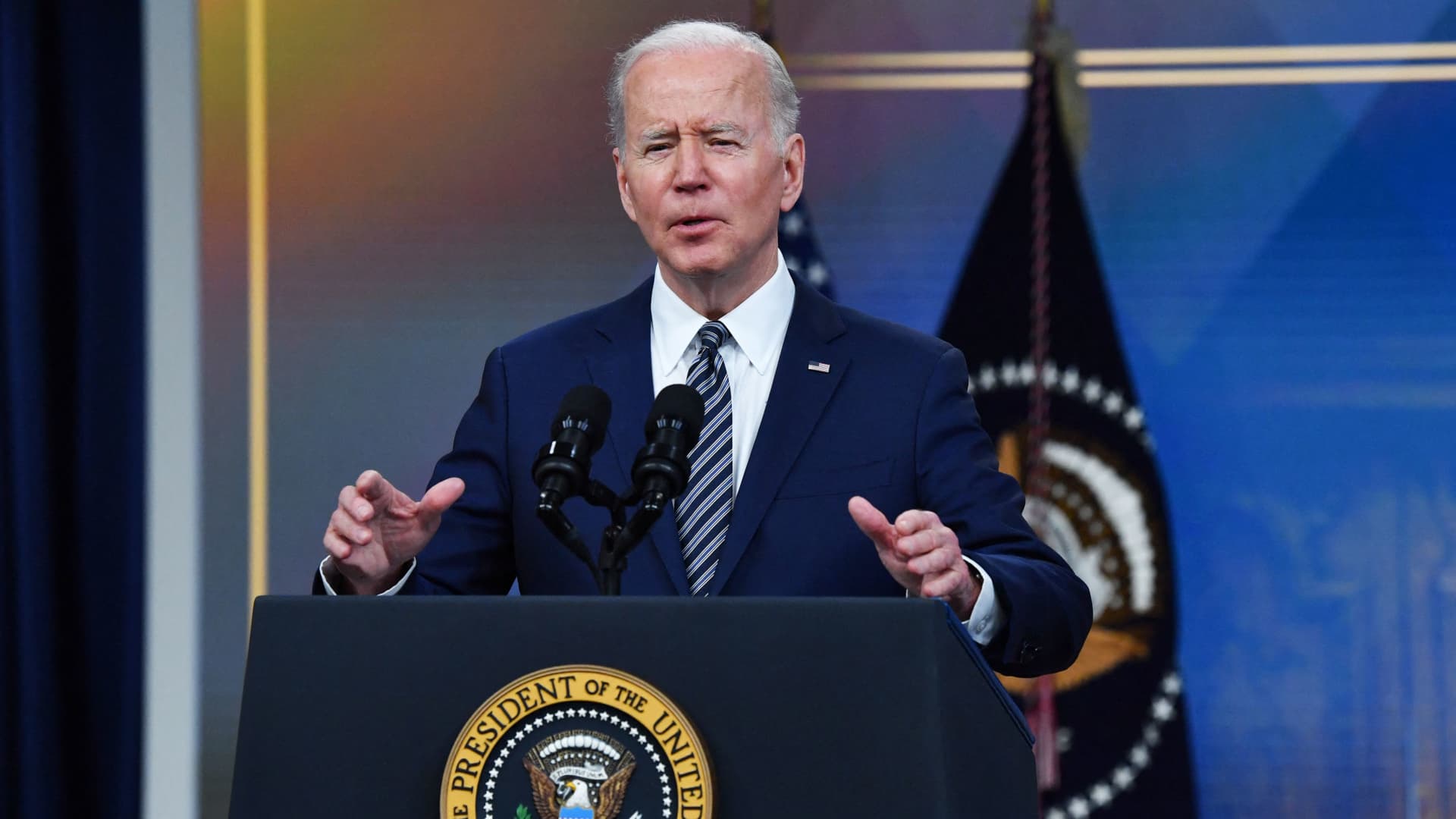Treasury Regulations & Tax Insights Into The Inflation Reduction Act (IRA)

The recently passed Inflation Reduction Act is a bit of a high water mark in the fight to save humanity from the harmful effects of climate change. I just attended a panel discussion at RE+ (formerly Solar Power International/SPI) on preparing to implement the IRA from within the industry that it affects the most: cleantech. Panelists were (from left to right in the photo):
- Moderator Ben Norris, Senior Director of Regulatory Affairs at the Solar Energy Industries Association
- Kevin Gresham, Executive Vice President of Strategy and Corporate Affairs at RWE
- Shirley Chin, VP Tax at Sunrun
- Dan Nelson, VP Tax at Avantus
- Chris Mathey, Senior Director of Business Development at Clean Capital
All the panelists agreed the IRA was a huge step forward. It provides a level of stability the solar industry has never seen, with a ten-year extension of credits that normally run on 1-year, 2-year, or (maybe) 5-year cycles.
Mathey commented, “The sky really is the limit,” but said Clean Capital is taking a conservative approach for now, watching the Treasury closely for any signals and interpretations that may really lay the groundwork and clarify any remaining rules that are not crystal clear.
Chin said that it would be important that an Investment Tax Credit (ITC) for standalone storage be part of the IRA. “In Section 48B, it seems to suggest that the battery needs to be installed with solar in order to qualify for the ITC,” she said. “That’s one of the points we need to get clarity with from the Treasury.” It doesn’t matter, she indicated, whether we think it will be allowed for standalone storage (and all panelists seemed to think that was in the intent) — investors need confidence that it absolutely is in there, in order to continue to provide cheap financing for solar and storage systems. Chin said that her home was part of 3,500 that sent power back to the grid at exactly the time it was needed to help California avoid a blackout during the most recent heat wave.
Nelson agreed, saying, “The stamp of approval for validation of getting credits for both the production (solar) and storage is really the elephant in the room,” indicating that if the systems go in together, they’d need to be able to file for both tax credits despite it being “one job.”
Gresham said, “Who here before March of 2020 thought about supply chain day and night?” He indicated that the IRA has created favorable conditions to create lots of manufacturing jobs, and also including incentives to make those jobs last. Nonetheless, the supply chain will still dominate the story in the short term.
The IRS was allocated a large enforcement budget to oversee the implementation of the law, Chin indicated, suggesting that permitting paperwork will hopefully be short and simple. There’s a 10% adder for low & moderate income communities in the law, which is a nice incentive to include people who have traditionally not been as able to benefit from the clean energy revolution, but it’s only 10%. If the regulatory framework ends up being onerous, it’ll deter companies from trying to implement and include those communities, Chin said.
Gresham was asked what potential pitfalls he sees in the IRA once Treasury is all done with it. Despite being ready for “the other shoe to drop,” he said that at this point, it’s all pointing in the right direction. However, he urged people to go see their members of Congress and talk to them about what clean energy means to them, to make sure that good things continue to happen.
Nelson added that he saw three main risks with implementing the IRA. Supply chain (self explanatory), tax capacity, and greed. In terms of tax capacity, he says the industry has struggled to get tax credits for projects for customers in a timely enough manner. In terms of greed, he said that as long as the individual players in a large-scale project see the project as a whole being more valuable, rather than just seeing their own individual share of the pie (i.e., the landowner only focusing on the credit for the land use), there will be a lot of deal flow.
Appreciate CleanTechnica’s originality and cleantech news coverage? Consider becoming a CleanTechnica Member, Supporter, Technician, or Ambassador — or a patron on Patreon.
Don’t want to miss a cleantech story? Sign up for daily news updates from CleanTechnica on email. Or follow us on Google News!
Have a tip for CleanTechnica, want to advertise, or want to suggest a guest for our CleanTech Talk podcast? Contact us here.
Advertisement
This post has been syndicated from a third-party source. View the original article here.





